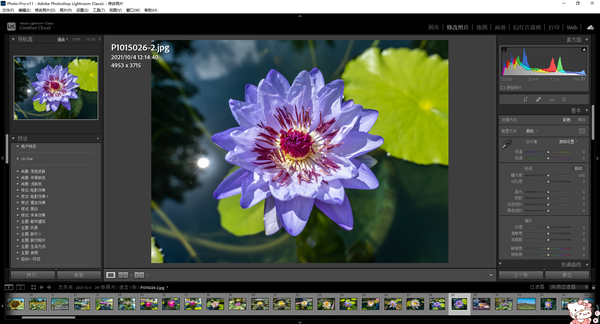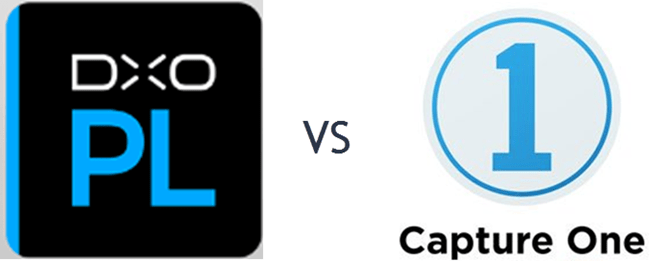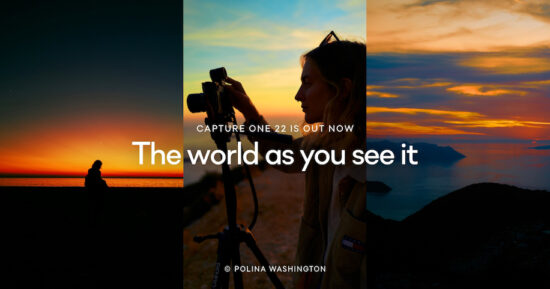

- #Dxo photolab vs on1 photo raw how to#
- #Dxo photolab vs on1 photo raw manual#
- #Dxo photolab vs on1 photo raw trial#

PhotoLab’s shadow and highlight recover is effective, but feels very complicated compared to the others.
#Dxo photolab vs on1 photo raw manual#
There are also manual Selective Tone adjusters for manual control but it’s not clear either how these interact with the other two.

#Dxo photolab vs on1 photo raw how to#
PhotoLab complicates things with Exposure Compensation and Smart Lighting tools which interact to automatically optimise the image’s tonal range, but it’s not always clear what the program is doing and how to affect it manually. All three of these programs offer shadow and highlight recovery tools, but Capture One’s High Dynamic Range tools are probably the simplest and most obvious to use, though Lightroom’s shadow and highlight recovery is straightforward and effective too. One of the big reasons for shooting RAW files over JPEGs is the ability to recover blown highlights and bring up dense shadow detail.

What this comparison is mostly about is just how good each one of them is at processing RAW images, and to test this out I’m going to use compare the RAW image processing of files from a series different cameras, including a Canon EOS 6D Mark II, Sony A6000, Nikon Z 6 and Olympus OM-D E-M1 Mark II.
#Dxo photolab vs on1 photo raw trial#
Download trial versions of DxO PhotoLab, Lightroom and Capture One here.Read more: Lightroom vs Capture One: which is best all round – for organising, workflow, processing and editing?.I’ll get these out of the way pretty quickly. Many of the differences between DxO PhotoLab, Lightroom and Capture One are self-evident and to do with the organisational and cataloguing tools, cloud sync capabilities (or lack of them) and so on.


 0 kommentar(er)
0 kommentar(er)
